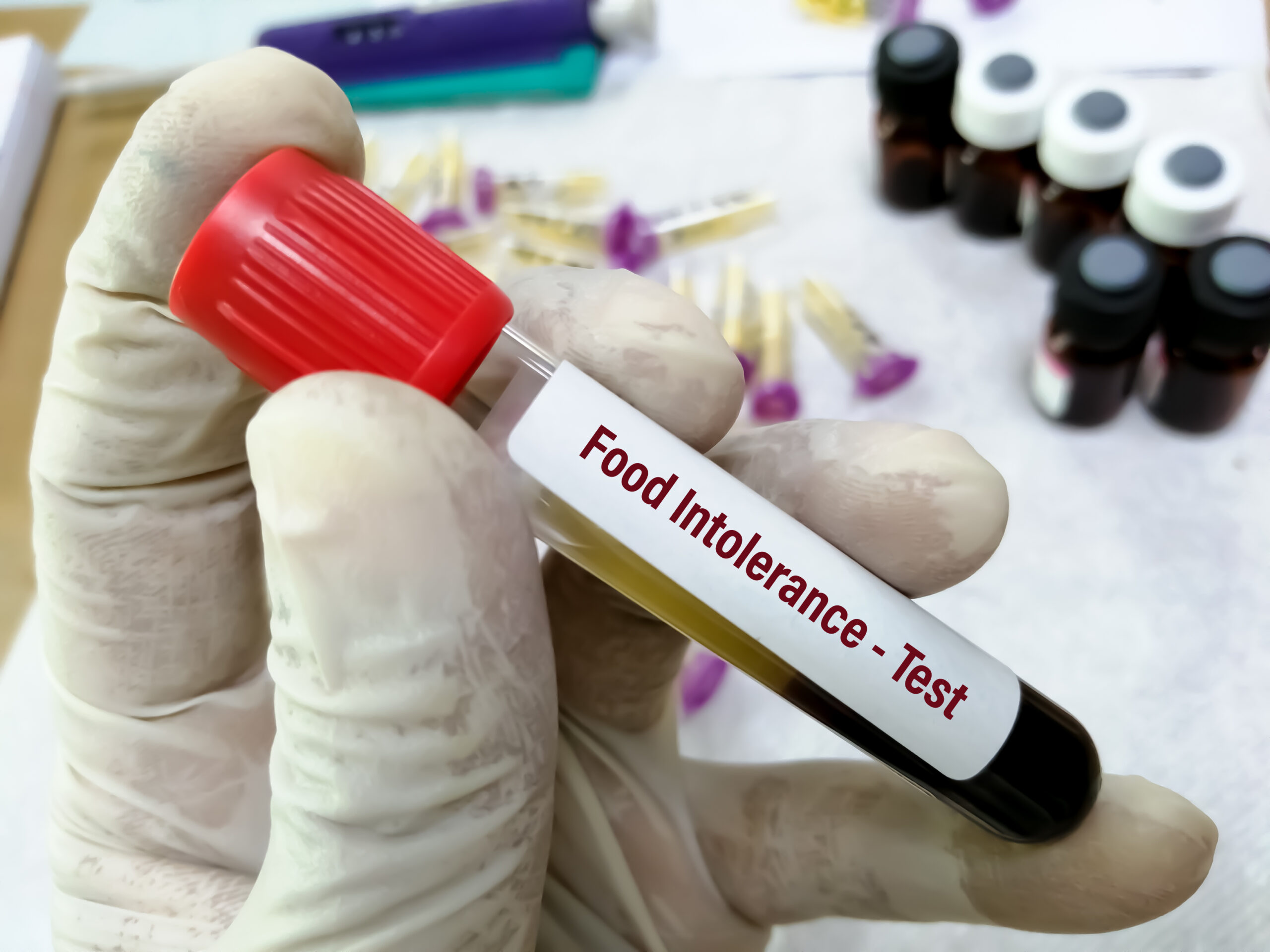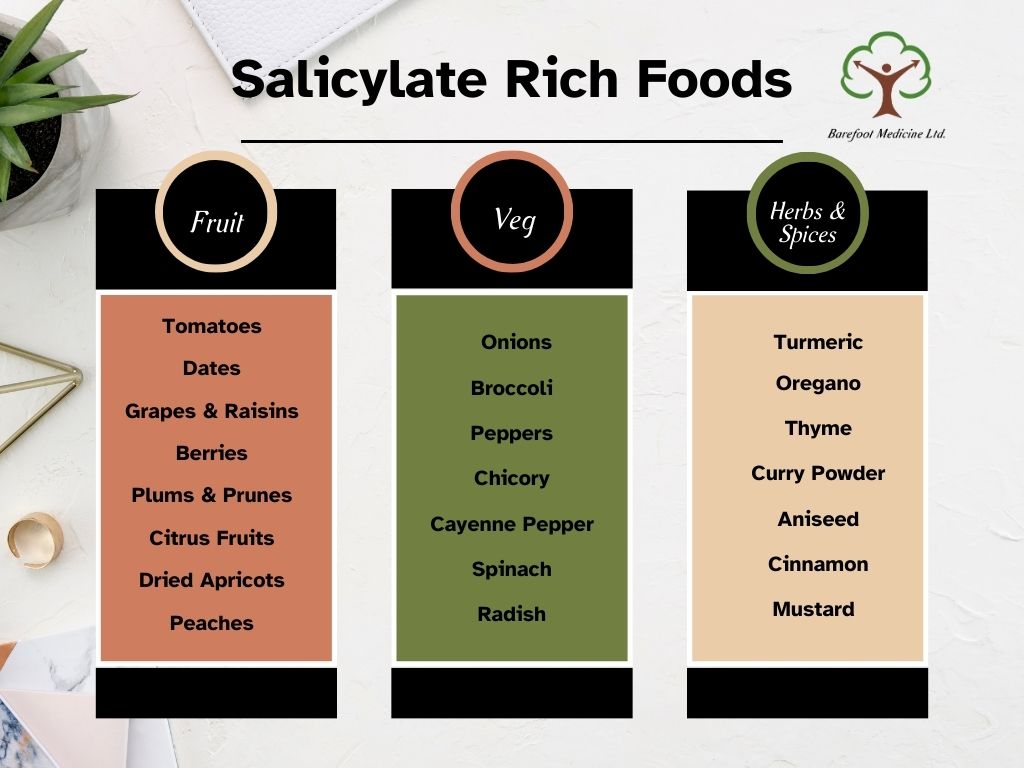
Salicylate intolerance, also known as salicylate sensitivity, is a condition in which the body has difficulty processing and tolerating salicylates, a type of naturally occurring chemical found in many foods, medications, and personal care products. While salicylates can be beneficial for some, such as in the treatment of pain and inflammation, they can also cause adverse reactions in individuals with salicylate intolerance. These reactions can range from mild symptoms such as headaches or stomach discomfort to more severe reactions like hives or difficulty breathing. Unfortunately, salicylate intolerance is often misdiagnosed or overlooked, leading to ongoing discomfort and frustration for those affected. In this article, we will discuss the signs and symptoms of salicylate intolerance, as well as ways to manage and alleviate its effects. By understanding and recognizing this condition, you can take proactive steps towards managing symptoms of intolerance and improving your overall quality of life.
Understanding salicylate intolerance: causes and symptoms
Salicylate intolerance is a condition characterized by an adverse reaction to salicylates, a group of chemicals found naturally in various foods and medications. The exact cause of salicylate intolerance is not fully understood, but it is believed to be related to a deficiency or dysfunction of certain enzymes responsible for metabolizing salicylates in the body. Symptoms of intolerance can vary from person to person but commonly include gastrointestinal issues such as abdominal pain, diarrhea, and nausea, as well as headaches, skin rashes, and even respiratory problems.
If you suffer from food sensitivities, there can be many reasons for it, the most common of which is so-called leaky gut syndrome. To get to the root cause of your symptoms and be able to eventually re-introduce foods requires in-depth stool testing and consulttions, but if you want to know what to avoid in the short term, you may consider having a food sensitivity test done using a simple lock of your hair.
Natural Foods that Contain Salicylates
Foods that naturally contain salicylates can be found in various fruits, vegetables, herbs, and spices. It is important to note that the levels of salicylates may vary between different varieties and preparations of these foods. Some examples of natural foods with relatively high salicylate content include berries such as strawberries, blueberries, and raspberries, as well as citrus fruits like oranges and lemons. Additionally, certain vegetables like tomatoes, peppers, and broccoli can also contain salicylates. Other sources include herbs and spices such as mint, thyme, and curry powder. It is crucial for anyone with salicylate intolerance to be aware of these natural sources and consider limiting their intake to manage their symptoms effectively. Consulting with a healthcare professional or registered dietitian can provide further guidance on managing a salicylate-restricted diet.
Identifying triggers in ready-made foods
When managing salicylate intolerance, it is essential to carefully analyze the ingredients in ready-made foods. Often, these products may contain additives or preservatives that can act as triggers for people with salicylate intolerance.
Reading food labels thoroughly is crucial to identify potential culprits. Look for ingredients such as artificial flavors, artificial colors, and preservatives like benzoates, as these have been known to contain salicylates. It is advisable to choose minimally processed or homemade alternatives whenever possible, as this gives you greater control over the ingredients used and reduces the risk of inadvertently consuming salicylates.
Maintaining a food diary can also be helpful in tracking any adverse reactions and identifying specific foods or ingredients that may be triggering symptoms.
What to eat when you have a salicylate intolerance
One of the key aspects of managing salicylate intolerance is adopting a diet that is low in salicylates. While the specific tolerability may vary among individuals, it is generally recommended to focus on consuming foods that are known to have lower salicylate content. These include fresh fruits such as pears, bananas, and pomegranate, as well as vegetables like lettuce, celery, and carrots. Opting for lean meats, such as chicken or turkey, and seafood that is low in salicylates, such as white fish or shellfish, can also be beneficial. Additionally, incorporating grains like rice, oats, or quinoa, and using oils like sunflower or canola oil instead of high salicylate oils like olive oil, can help to manage salicylate intake.
Lifestyle changes to manage symptoms.
- Avoid high-salicylate foods and medicines such as aspirin
- Add probiotics to daily routine
- Reduce stress levels
- Incorporate low-salicylate supplements
- Limit exposure to environmental irritants
- Maintain a healthy and balanced diet.
In conclusion, salicylate intolerance is a relatively common condition that can cause a range of uncomfortable symptoms. By understanding the sources of salicylates and implementing strategies to reduce your exposure, you can effectively manage this condition and improve your overall quality of life. Remember to always prioritize your health and listen to your body’s signals and keep a food journal so you can track your symptoms and map them to what you have eaten.


